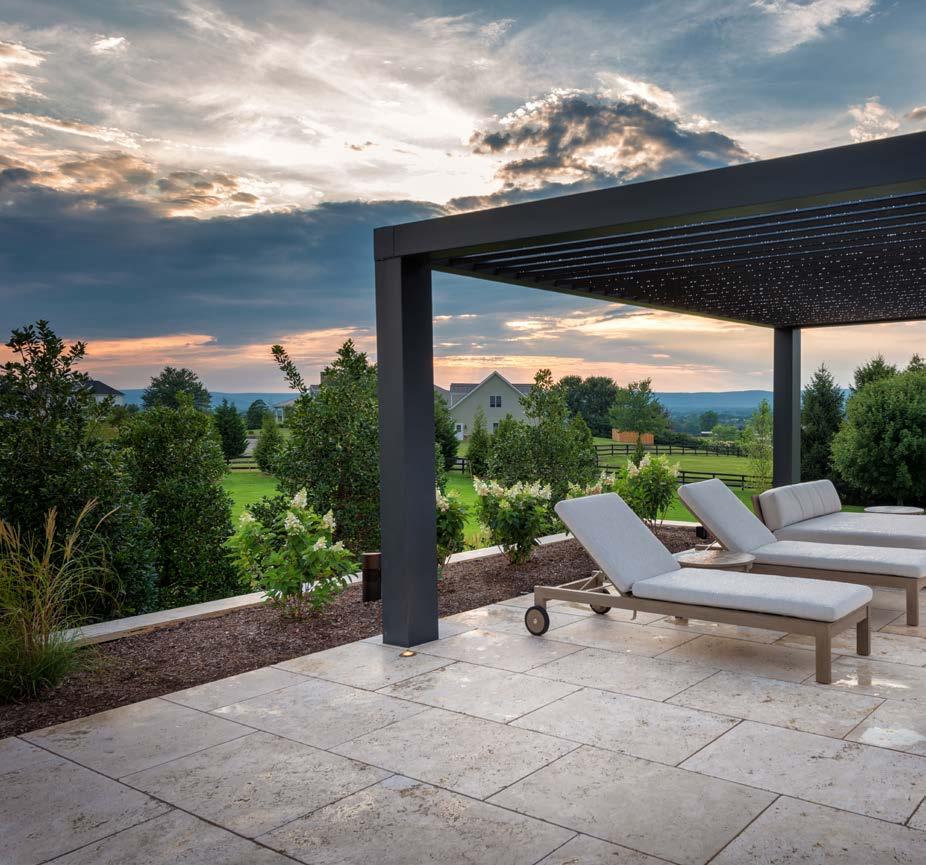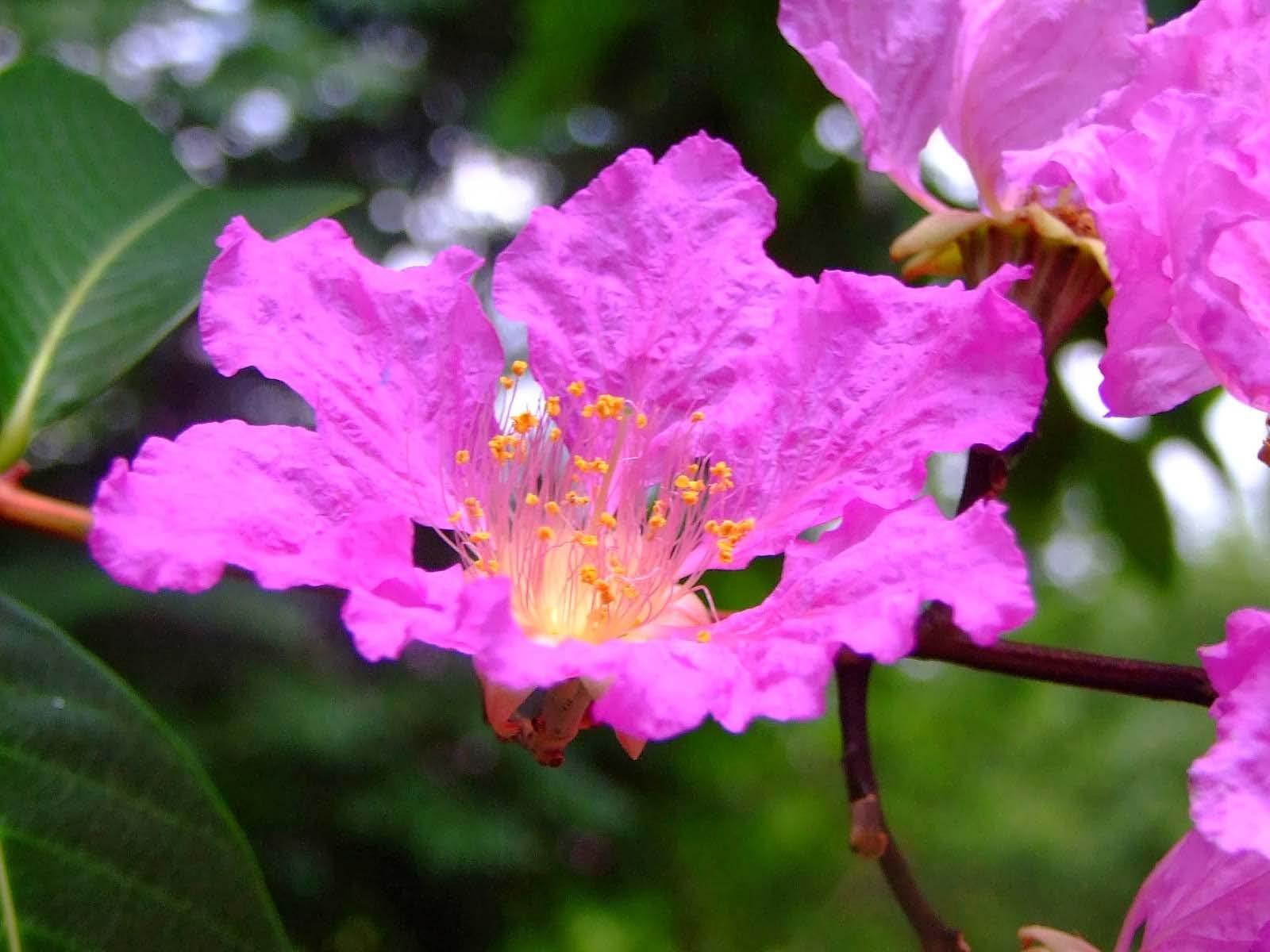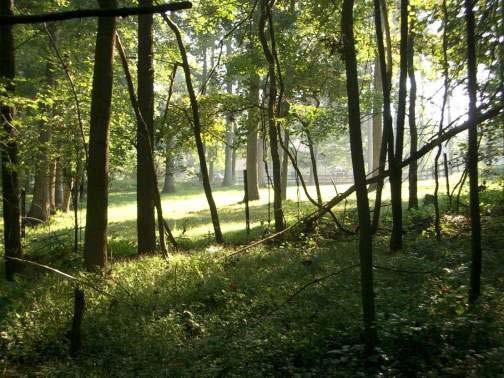Needle Cast Disease of Blue Spruce By David L. Clement, Ph.D., University of Maryland Extension, Home and Garden Information Center; Karen K. Rane, Ph.D., University of Maryland Plant Diagnostic Laboratory; and Christa K. Carignan, CPH, CBLP, University of Maryland Extension, Home and Garden Information Center
Blue spruce, although not native or adapted to Maryland, are in high demand by homeowners and are valued for their attractive color and shape. However, this species suffers from a number of pests and diseases in our region. Needle cast is one such problem, and it has been prevalent in Maryland landscape blue spruce trees for the past several years. Infections year after year have contributed to dieback and decline symptoms. The needle cast fungus, Rhizosphaeria kalkoffii, is the primary needle pathogen we see in Maryland. The fungus can overwinter on fallen dead needles as well as infected needles still in the canopy. Current-year foliage is susceptible to infection throughout the first year, whenever
Blue spruce rhizosphaeria needle cast.
weather is wet and temperatures are moderate. Symptoms can begin as yellowing current year foliage in late summer or fall, but symptoms may not develop until the winter or early spring of the following year. Needles will turn brown or purplish brown and fall from the tree as new growth is developing. Symptoms usually start on lower branches and interior
Blue spruce with needle cast.
twigs. Tree branches can decline and die after three to four years of successive defoliation. The fungus produces diagnostic fungal fruiting bodies on the needles that can be seen with a hand lens or a microscope. They develop in early winter to late spring and appear as black spheres capped with wax along the lines of the needle stomata. Practical management of this disease is difficult because the infection period can extend from spring through fall depending on rainfall. Infected and diseased needles can remain on the tree up to 12–15 months after infection. The pathogen can also produce infective spores on living as well as recently dead needles. These infection periods can extend over an entire growing season and follow into the next year, so timely fungicide sprays are impractical for most homeowner trees.
Continued on page 12 GROUNDWORK 1 0 M AY / J U N E 2 0 2 0







